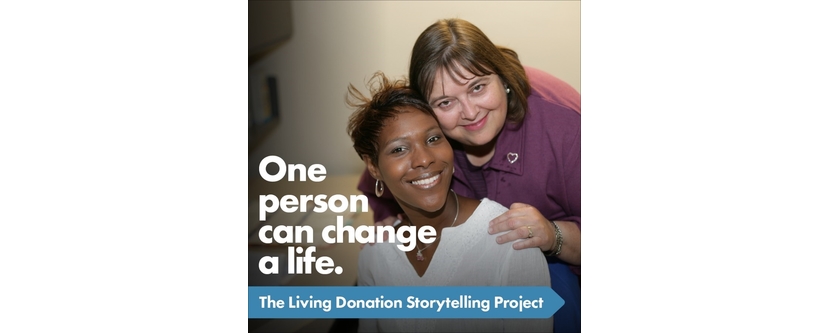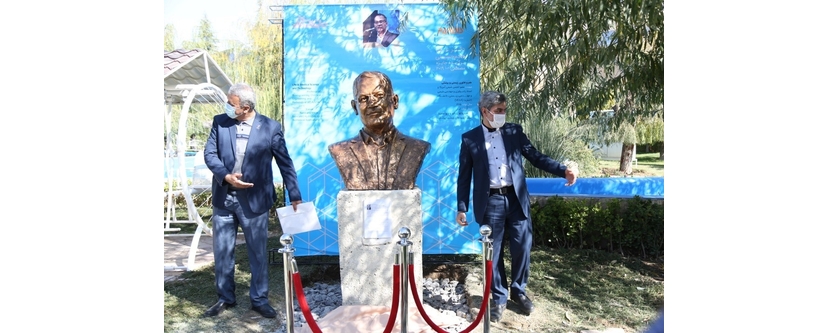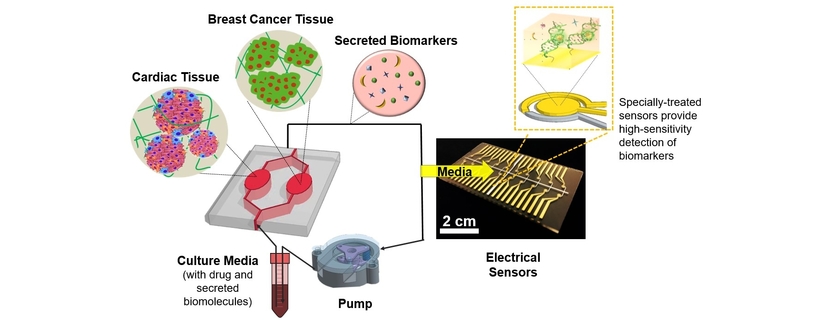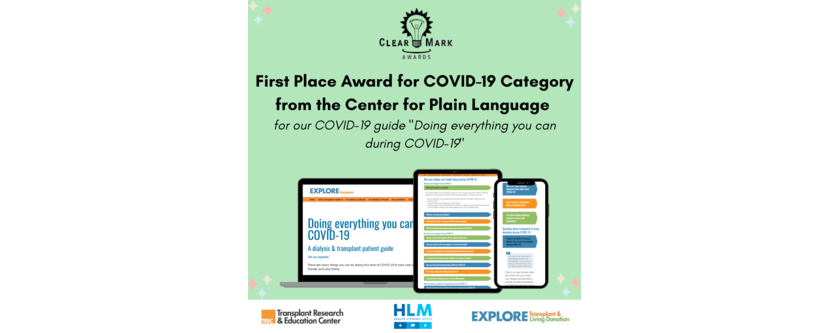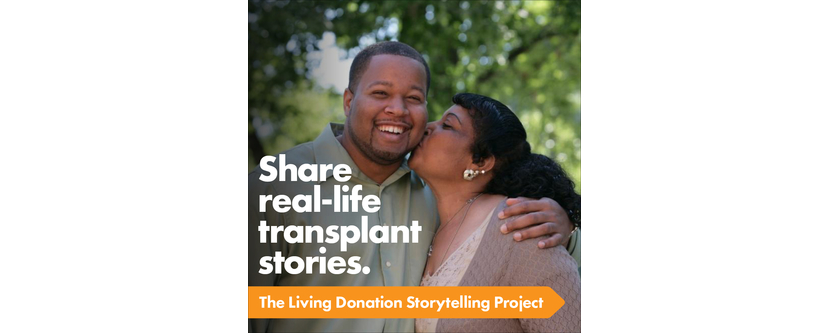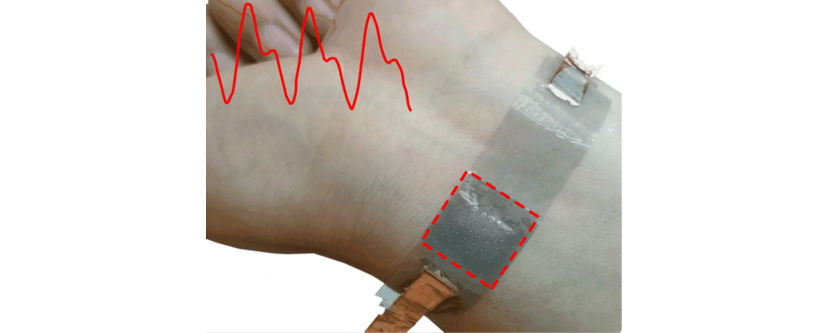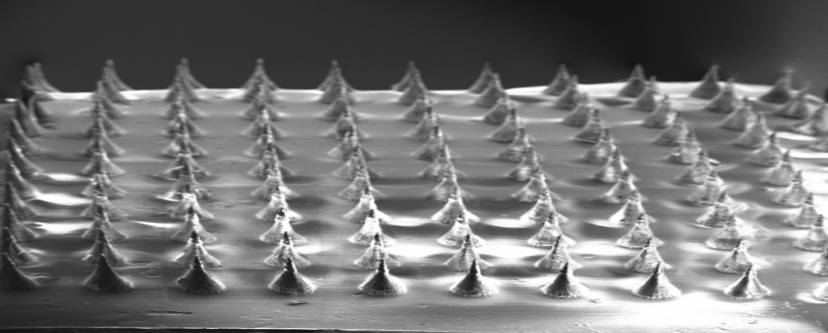November 25, 2020
The Transplant Research and Education Center (TREC), in partnership with the Terasaki Institute for Biomedical Innovation and One Lambda Inc., on October 21st launched a 6-month mass media campaign to raise awareness about the Living Donation Storytelling Project. The campaign seeks to reach kidney and transplant patients, living donors, and nephrology, dialysis, and transplant professionals across the nation to help them learn about the innovative educational resources available through the Living Donation Storytelling Project. The Living Donation Storytelling Project is an online digital library of video stories recorded by real living donors, recipients, family members, and those in need of a kidney.
